

Today I want to talk about art. It pains me to say this but — and I know this is a broad generalisation — the Internet just doesn’t get art. Most online discussions of art, especially modern art, miss the point entirely.
Part of the issue is that the Internet has taken art out of the gallery and brought it everywhere. While this can be a wonderful thing, for off-the-wall pieces of modern art, it can expose them to people in a context that makes them hard to appreciate.
Take the article linked above. Tracey Emin, a critically acclaimed British artist, has an installation piece called “My Bed”. While it is, in essence, a messy bed, there is a lot more to it than that. Emin created it in the middle of a three-day breakdown; the soiled sheets, empty vodka bottles, and other items are not recreations but the real thing. It is an incredibly honest and powerful piece. Emin is putting her most private life on display. And AOL’s headline? “Messy bed is worth millions”. That just misses the point.
While modern art suffers the most from this misrepresentation, even more accessible forms of creative expression like Hollywood movies are affected. In particular, movies like The Wolf of Wall Street, Goodfellas, and other films where the main character is a likeable anti-hero are often subjected to Tweets and articles accusing them of glorifying their subjects. Scorsese is not celebrating Belfort; he is taking down the people who do.
Watching Wolf of Wall Street and not really enjoying it. Completely glorifying a horrible man's lifestyle. Poor attempt @ satire.
— Katrina (@Komatost) January 9, 2015
couldn't make it more than half way through wolf of wall street, Scorsese actually has fallen into the trap of glorifying villainy, tut
— Laura Smethurst (@LauraESmethurst) July 25, 2014
Let’s look at why that’s the case.
Any good discourse is built from common foundations, so let’s start simply and consider what I mean by art. Some things are unquestionably art: the Mona Lisa, other great Renaissance works, most things painted by someone with an Italian sounding name, and anything Andy Warhol touched.
What is, and isn’t art, though, is normally a much trickier question. To me, and this definition is open to disagreement, art is about intention and emotion. If someone creates something and intends to make other people feel something about it, then it’s art. If there’s no intention to create an emotion, then it isn’t. This is what separates an Ikea instruction manual from the poetry of W.B. Yeats.
One major reason the Internet struggles to understand art is that it’s created in another language.
Just like every other field of human endeavour, art has its own special language. If you’re a scientist, the word theory means something completely different to you than it does to most regular people: just consider how people talk about the theory of evolution. To a scientist, a theory is a hypothesis that has withstood repeated attempts to disprove it. To a layperson, it’s just an idea that may or may not be true. Thus, the theory of gravity, the theory of evolution and plenty of other things we understand to be as close to scientific fact as possible are theories, but so too is my theory that Patrick Stewart is actually a giant lizard.
If you speak the language of science, calling “Patrick Stewart is a lizard” a theory is laughable. However, if I drunkenly say down the pub, “My theory is Patrick Stewart is a giant lizard”, I’ll get laughed at, but no one will bat an eye that I used the word “theory”.
The world of art is similar, except that the language of art is primarily visual rather than verbal.
Taking The Wolf of Wall Street again, while the story taken out of context may seem to celebrate Belfort, when taken together with how the film is shot, how Belfort is portrayed on screen, and everything else that goes into a movie other than the script, it’s clear that Belfort is the villain. It’s the same with Emin’s bed. While at the surface level it is just a messy bed, that’s like saying this article is just a random collection of unrelated words. Everything in the bed stands for, and means, a lot more than just it’s outward appearance.
Before getting to the crazy, out there, staple-yourself-to-the-cobblestones-in-Moscow world of modern art, let’s take a deeper look at the most popular forms of art in modern culture: Hollywood movies.
Some people will argue that Hollywood movies like the latest big budget superhero film don’t count but they’re wrong. Even a film like Mad Max was created with huge amounts of intention for the express purpose of making people feel something.
One of my favorite movie critics, Film Crit Hulk (once you get past the ALL CAPS and Hulk references – it’s worth it, trust me) wrote an essay the four levels of how we consume movies. In what way we understand and enjoy a film is tied directly to the level we view it at. No one level is superior to the others – they are just different takes on the same piece of media.
Film Crit Hulk’s four levels are:
According to Hulk, these are the people who have a strong sense of transference when they watch a movie. They feel like what they’re seeing is real, even though they intellectually know it isn’t. These are the people who cheer when the hero wins and write angry tweets when a favorite character dies. They’ll often avoid sad or scary films because they don’t like how they make them feel. They tend to view art as an indulgence rather than an intellectual pursuit. It’s a very naïve, but also fun, way to experience things.
Game of Thrones should win an Emmy for THE MEANEST HOUR OF TELEVISION EVER CONCEIVED. #GoT
— Chris (@xminustDC) June 15, 2015
The second group is somewhat similar to the first, except that years of exposure to movies has reduced the emotional effect. Just watching a film no longer brings about the strong sense of transference. They want to go back to the emotional highs of the first films they saw but aren’t able to. These are the people who rewatch films from their childhood to try and recapture it.
It’s at this level, and the preceding one, that people can watch The Wolf of Wall Street and tweet about how Belfort is portrayed as a hero.
The third group are the people who go beyond just seeking a childlike experience and reflect on their emotional experience intellectually. As Hulk puts it:
THEY UNDERSTAND THAT ART ISN’T ABOUT INDULGENCE. THEY UNDERSTAND THAT THROUGH DRAMA, ART IS A GREAT WAY TO COME TO TRUE KNOWLEDGE OF LIFE AND PURPOSE. THEY COME TO UNDERSTAND THAT THE BAD THINGS THAT HAPPEN IN ART AREN’T SO MUCH ABOUT EMOTION AND ENTERTAINMENT, BUT GIVING OUR SOULS THE KINDS OF VALUABLE EXPERIENCES WE NEED. ART CAN HELP US UNDERSTAND LOSS, LOVE, DEATH, STRIFE AND HAPPINESS.
This is the first level where people really begin to understand the art. They are the people who talk about themes, semiotics, intention, and all those other words that are so often dismissed as “over-thinking”. Most actual movie criticism falls at around this level. It’s recognising that just because a character is portrayed as a hero, it doesn’t mean he is. Portraying someone as a hero and then undermining it with other techniques is a very powerful way to make a statement; it is what Scorsese does in The Wolf of Wall Street.
The final group are people who deeply understand the craft of making movies. These are the people who have made movies for years, or have otherwise dedicated their life to them. When they watch a scene they don’t just feel emotions, they see how they are being made feel emotions. They understand what each camera movement, cut, and every other effect is meant to achieve.
Everyone appreciates art from a different position and at a different level. With movies, the majority of people are somewhere between level two and three. I know that’s where I fall. I love movies enough that I like the intellectual exercise of trying to understand them, but I also like just switching off and rewatching Zoolander for the 52nd time. Movies have such a place in popular culture that it’s hard not to become somewhat educated about them. The majority of people inherently understood that Belfort was not actually being celebrated.
Modern art, however, doesn’t have that privilege. When most people see something like Richard Prince’s New Portraits series or Emin’s My Bed, they approach it from a place of naïveté. They just see a bunch of stolen Instagram images or a messy bed. They don’t see the decades of artistic development, cultural commentary, or creativity that’s gone into it.
Figured I might as well post this since everyone is texting me. Yes, my portrait is currently displayed at the Frieze Gallery in NYC. Yes, it's just a screenshot (not a painting) of my original post. No, I did not give my permission and yes, the controversial artist Richard Prince put it up anyway. It's already sold ($90K I've been told) during the VIP preview. No, I'm not gonna go after him. And nope, I have no idea who ended up with it! ???? #lifeisstrange #modernart #wannabuyaninstagrampicture
The Internet — and certainly the loudest voices on the Internet — just doesn’t get art. They haven’t seen enough art to develop the toolkit and understanding of the language necessary to see it as more than the sum of its parts. They just see the messy bed. The worst part is that the Internet has the power to expose people to wonderful art, it’s just that the one’s that make it into the public consciousness are often the most ou-there works, rather than clever and accessible ones.
Shakespeare is written in the same basic language as a trolling forum post, while art is written in the visual language of our culture. It’s not the letters that make Shakespeare wonderful, but what he does with them. It’s the same with modern art. You just need to step back and see it.
Art is one of those touchy subjects that everyone has an opinion on. You’re entitled to yours and we’d love to hear it.
Do you think art is unfairly portrayed online or is it ridiculous what modern artists get away with? Can an Instagram screenshot ever be art or has there not been a decent artist since Da Vinci?
Please let me know what you think in the comments.
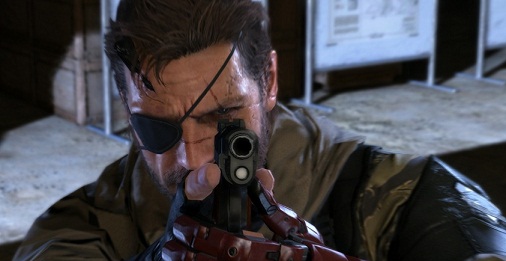

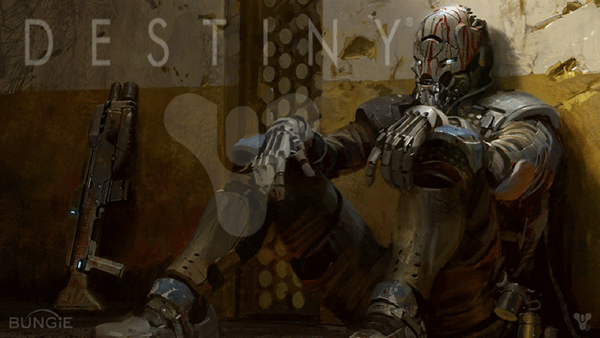

 Metal Gear Solid V: The Phantom Pain Guide: How To Unlock DLC And Hidden Items On PC
Metal Gear Solid V: The Phantom Pain Guide: How To Unlock DLC And Hidden Items On PC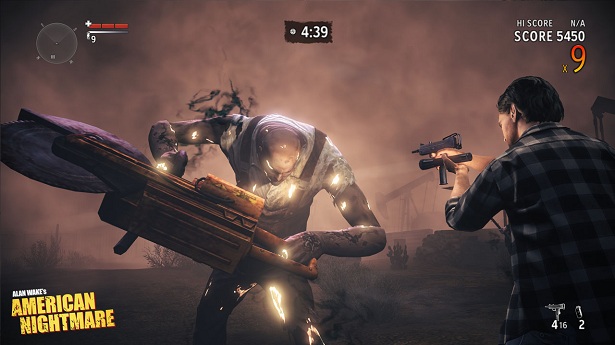 Alan Wake’s American Nightmare Walkthrough
Alan Wake’s American Nightmare Walkthrough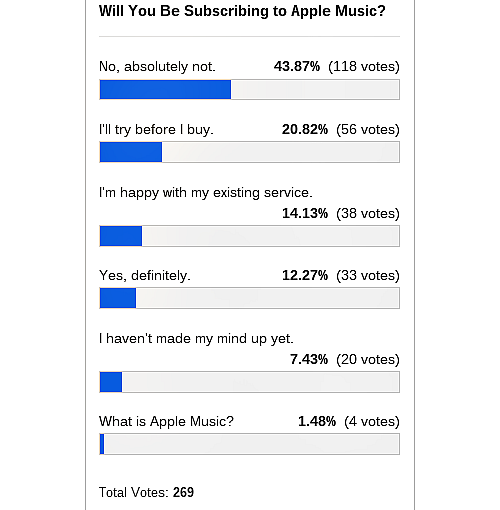 Which Game From E3 2015 Are You Desperate to Play? [MakeUseOf Poll]
Which Game From E3 2015 Are You Desperate to Play? [MakeUseOf Poll]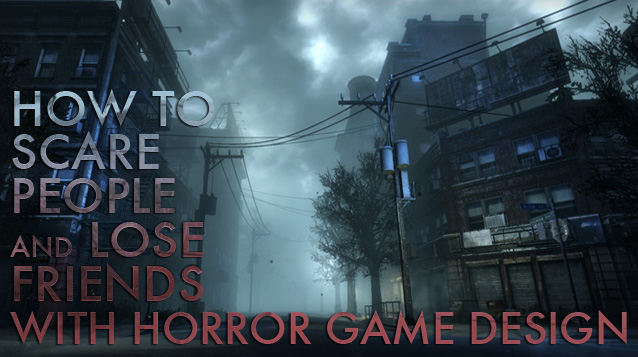 How to Scare People and Lose Friends - With Horror Game Design
How to Scare People and Lose Friends - With Horror Game Design 15 Incredible Firefox Addons For Geeks
15 Incredible Firefox Addons For Geeks